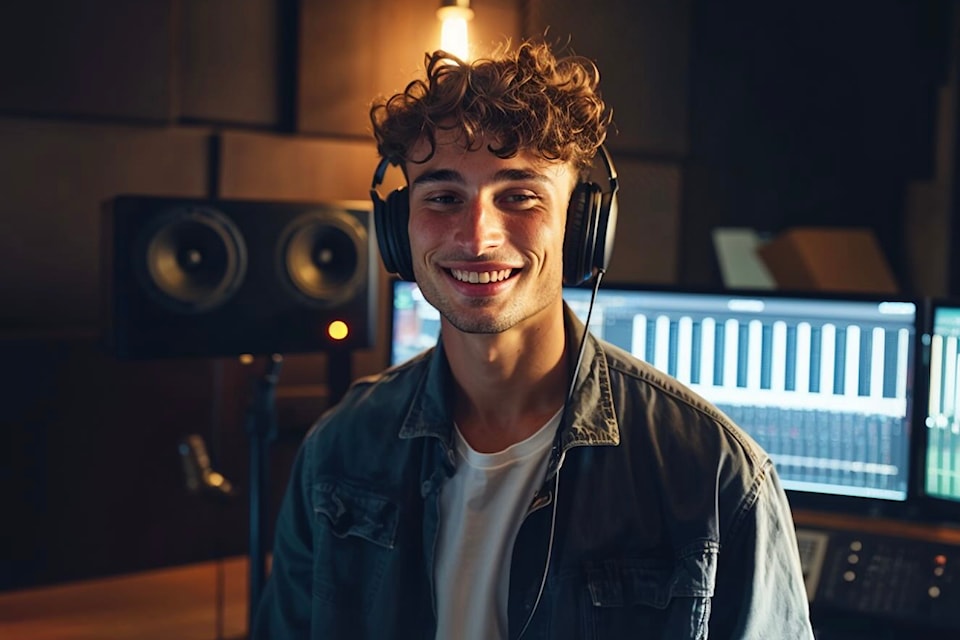Ben Gaya, the European pop sensation, has the potential to bring some huge changes to the world of music entertainment sa���ʴ�ý� and not because of his charisma or his musical sound.
Instead, he stands out because he is billed as Europesa���ʴ�ý�s first AI singer. He is a digital creation, not an actual living, breathing human.
His biography reads like that of a person and not the product of AI technology.
According to his Instagram profile, he was born Sept. 26, 1999. He was raised in Namibia, studied in Amsterdam, Netherlands and now lives in Berlin, Germany.
In summer, he released two singles, Sunshine Soul and Sunwave Dream. These songs have been heard by millions of listeners.
His Instagram page has links to his songs as well as plenty of pictures of the smiling blue-eyed young man with tousled hair. The images show him after a gym workout, at the tennis court, working in the recording studio and relaxing after a long session.
There is nothing unusual or controversial about his music or his social media posts.
Ben Gaya was created earlier this year by programmers at construktiv GmbH in Bremen, Germany, using AI tools.
He is 95 per cent AI-generated. His voice, his music, his pictures and his videos were all generated through AI software platforms. People created his story line and people inputted the commands to create persona and the songs, but AI did the rest.
The developers describe him as a perfect mix of technology and creativity, and they say he will have a lasting impact on the digital music world.
The people at construktiv GmbH are also developing virtual influencers and digital humans. Other tech companies are doing similar work, pushing limits of what can be done with AI. Some companies are developing digital girlfriends and AI lovers, designed to mimic human companionship.
At present, AI-generated content is not at the same level as human-generated content. Visual art, music, fiction and poetry created using AI software lacks some of the vibrancy of works created by people. And a character created by AI is not the same as a living, breathing person.
Digital creations with the appearance of humans, whether musicians, influencers, lovers or anything else, are not the same as real people.
However, the world of AI is still in its infancy. The technology is evolving and improving rapidly. In the coming months or years, it is likely the images, sounds and text created using AI platforms will become increasingly sophisticated and will appear more realistic than at present.
Today, a person created through AI technology does not have the same presence as any of the people in our communities. Will this remain true in the future, as the technology continues to improve?
John Arendt is the editor of the Summerland Review.



